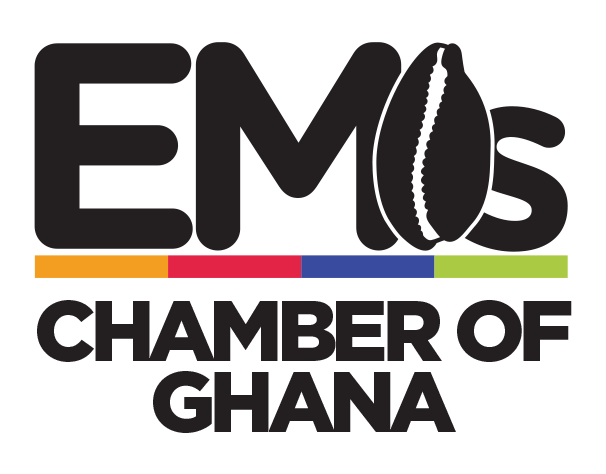World Environment Day takes place on 5 June, and this year’s theme is “Only One Earth”. The theme is a global call for collective and transformative action by various stakeholders to appreciate, protect and restore our planet. An initiative led by the United Nations Environment Programme, aims to encourage communities worldwide to raise awareness on the protection of our environment.
South Africa is experiencing significant impacts of climate change, including extreme weather patterns. Recently, South Africa experienced devastating floods in the KwaZulu Natal and Eastern Cape provinces taking the lives of 443 people and destroying several thousand homes and major infrastructure. A report on “Making Africa’s Case in the Climate Debate” found that, out of all African countries, South Africa has experienced the most extreme weather events in the past 12 years. The world at large is faced with the reality of climate change with a 2022 United Nations report noting that the planet is quickly approaching global warming of more than double the 1.5-degree limit. So, how do we, as individuals, tackle something as big as climate change? Where do we even begin?
“As Vodacom, we’ve always maintained that business success should not come at a cost to the environment”, says Jorge Mendes, Chief Officer of Consumer Business at Vodacom. “In commemorating World Environment Day, we would like to call on our customers to join us on our journey to protect the planet by reducing our collective impact to the environment. We are optimistic that together we can create a future where good business and doing good are the same thing,” says Mendes.
Here are five ways that Vodacom is actively enabling customers to make better buying decisions, so we can all put the environment first.
Eco-SIM Cards
To reduce the effect of plastic waste on the environment, Vodacom is actively replacing its current SIM cards with Eco-SIM cards, which are made from recycled plastic in a half-sized format. In an effort to reduce plastic waste on the environment, Vodacom customers can play their part in reducing plastic waste by only using eco-sim cards. To date, over 500 tons of paper and 300 tons of plastic have been saved thanks to the Eco-SIM cards initiative which has resulted in smaller starter Packs and less packaging.
Eco-rated Devices
In 2021, Vodacom introduced an industry-wide Eco-rating assessment where the Eco Rating score is a number used to indicate the environmental performance of mobile phones and is based on an objective assessment of both life cycle and environmental impact indicators. The highest possible score is 100 for maximum environmental performance. Based on the scoring out of 100, with the closer the score to 100, the better the environmental performance of the device, the rating system helps customers make better buying decisions with the option to purchase devices with the lowest impact to the environment. The Eco-rating label is based on factors such as durability, repairability, resource and climate efficiency and end-of-life recyclability.
Waste Reduction
Vodacom’s plastic-to-paper initiative, which replaces plastic bags with reusable eco-friendly paper bags in Vodacom retail stores, has prevented 2.5 million plastic carrier bags from entering the environment. All retail stores have a waste management plan to enable the reduction of its water, electricity consumption and waste generation. Additionally, a live carbon footprint dashboard displaying hourly, daily, and monthly data illustrates whether the store is meeting its carbon footprint KPI’s. The dashboard is web enabled and screened live in store so staff and members of the public are able to view the stores performance.
Device Repair and Refurbishment
Vodacom aims to extend the useful life of devices as far as possible and to ultimately reduce volumes of electronic waste. Vodacom’s Advanced Repair Centre (ARC) supporting an extensive repair network of 37 repair centres across all regions within South Africa, inclusive of two higher level repair hubs situated in Cape Town and Durban, have the capability to repair devices across all networks in the quickest possible time.
Depending on the make, model and condition of a phone, the device may either be repaired, refurbished or sent for recycling. In FY22, more than 321 000 devices were repaired at the ARC and its supportive repair network, with just over 6 000 phones identified for responsible recycling. Customers on any network can feel free to bring in their devices for service or repairs, as this facility is available to everyone.
Vodacom Green Stores
Since November 2021, Vodacom has introduced two pilot ‘green stores’ into its retail channel. The green credentials are a result of the stores using electronics that are 5-star graded for energy savings. As well as LED lighting to reduce energy consumption. Additional digital offerings such as Self-Checkout Kiosks, Digital Express Stores and e-Receipts will further reduce paper consumption within the Retail Channel. In the six months since the launch of e-Receipts, we have issued over 127 000 digital receipts replacing the need to print paper receipts.
“We constantly looking at ways to make it much easier for our customers to make more environmental-friendly choices. From reducing waste from our operations to replacing plastic bags with reusable, in-store paper bags, Vodacom is turning its sustainability strategy into a reality – a reality that customers can also embrace and fully participate in. It’s an important enabler of the company’s purpose; to connect for a better future, and ultimately, a better world,” concludes Mendes.
Source: Chamber News Desk.

